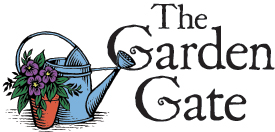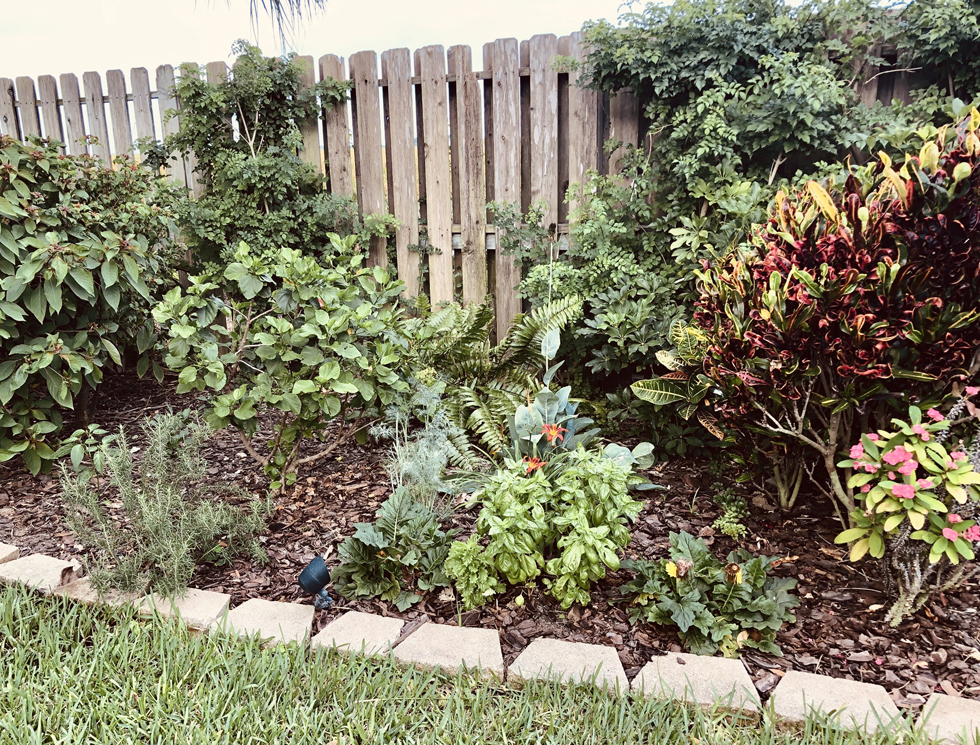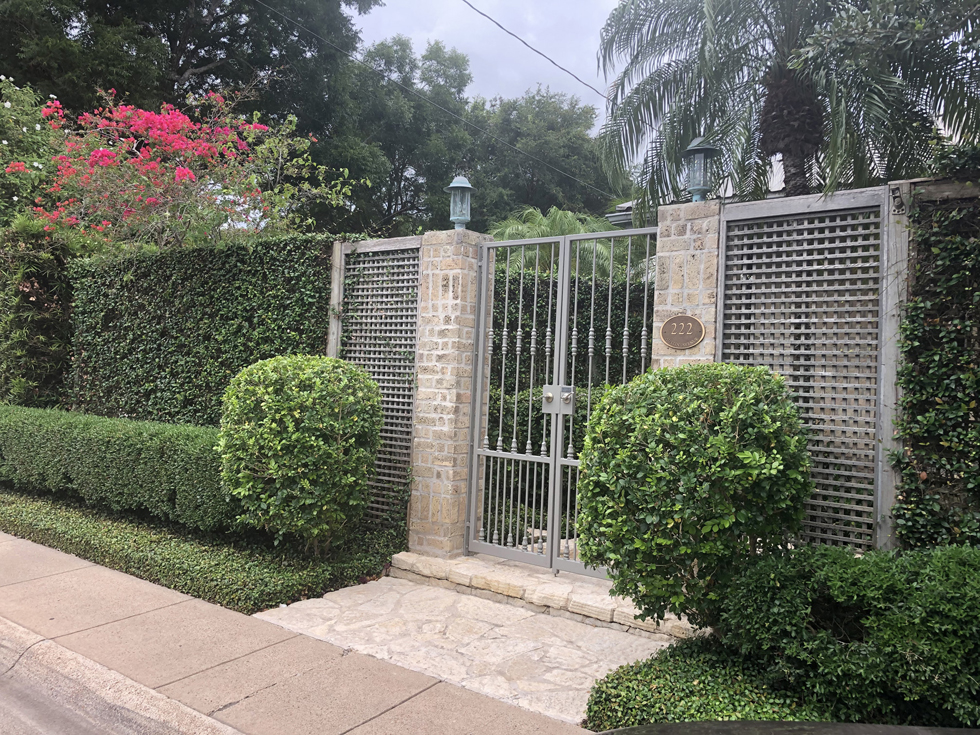- South Texas Students Meet Accordion Music Icons Los Tigres Del Norte In Edinburg Thanks To Khs America/Hohner Alianza Académica Initiative
- Fragile Planet Offers a Nighttime Wildlife Experience
- Falcons Soccer Off & Running
- Cameron County Receives Funds to Improve Two Parks
- Falcons Complete First Half of 32-6A
- School District to Help out Victims of California Wildfires
- Sand Castle Days Continued Despite Unexpected Weather
- Ready for District
- Discussion of Garbage Dumpster Rates, Agreements Between State & City on Highway Regulations, and More
- 31st Annual Shrimp Cook-Off is Right Around the Corner
Several types of gardens adorn our Valley landscape
- Updated: September 24, 2020

By ANN JOHNSTON
LFN
The year-long growing season that we enjoy in our Lower Rio Grande Valley can support many different types of gardens. The most popular are the formal and informal gardens. But there are many others like xeriscaping, natural, traditional and English gardens.
For many years, the area around the foundation of a home or building has been planted with a hedge made up of one type of plant and cut squarely to be just shorter than the bottom of the windows. The type of hedge plant is usually chosen because it is evergreen and will hide the foundation year-round.

Hint: The hedge will need to be trimmed several times a year in the Valley to keep a hedge-like shape.
Suggestion: This basic planting could be made into a formal “yard” (or called a “garden” in other areas) by adding one or more additional hedges in front of the first one. Each hedge layer will be kept shorter as they are planted out from the house. If the planting is strictly formal, the initial plants next to the house will have the largest leaves and the foliage will become smaller as the hedges move away from the structure. There will usually be no flowers or very small ones. A formal garden will use geometric shapes and would be balanced symmetrically with straight sidewalks.
You will see a lot of what is sometimes called “traditional” style in the Valley because it is basic, low cost and low maintenance. It usually has straight lines in sidewalks and driveways, a hedge covering the foundation of the home and identical trees set equidistant on either side of the sidewalk.

Hint: It is a good “starter” format for a yard.
Informal gardens are curvy, have more natural plantings and mixed vegetation. Sidewalks and driveways will curve. There will be a mixture of plants at the building’s foundation of various heights and lots of color. There will be a relaxed feeling. The fence might be made of different materials than the usual chain link or boards. For instance, chicken wire for a farmyard look.
Hint: This yard will need less strict and regular trimming.

Another type of area planting is xeriscaping. This garden area is very water-saving and extremely low maintenance. It needs little or no water beside what nature provides. Mulch of different kinds would be widely used. This is often used at businesses.
Hint: McDonald’s gives you a good example of this easy-care type.
Look for examples of these garden/yard types as you drive or walk around your town.
Come through the Garden Gate again next week for more hints, suggestions and things to look for in your area.
